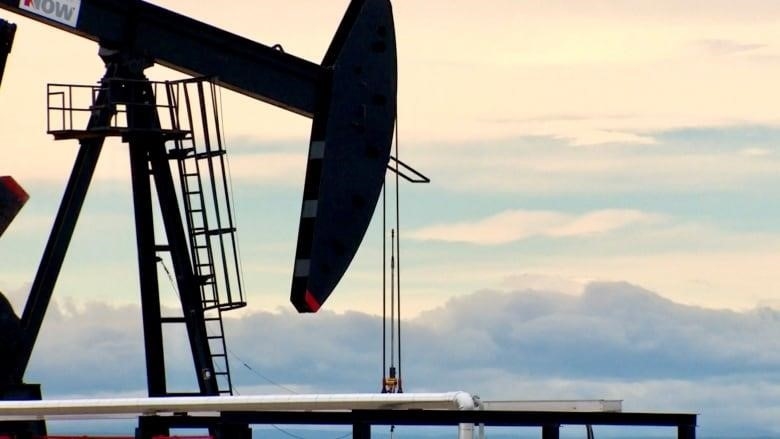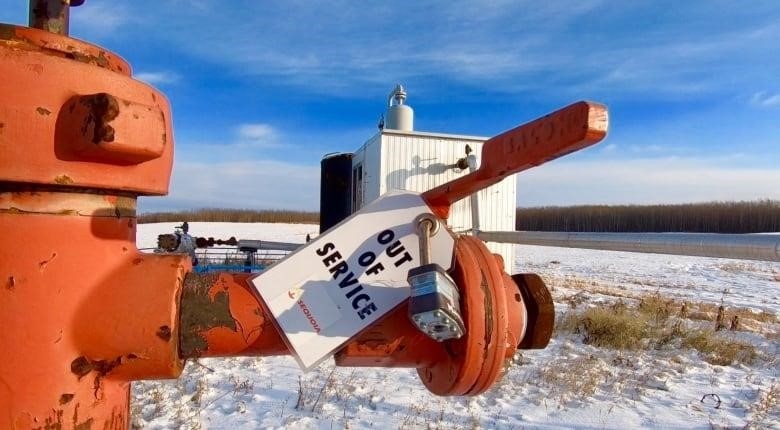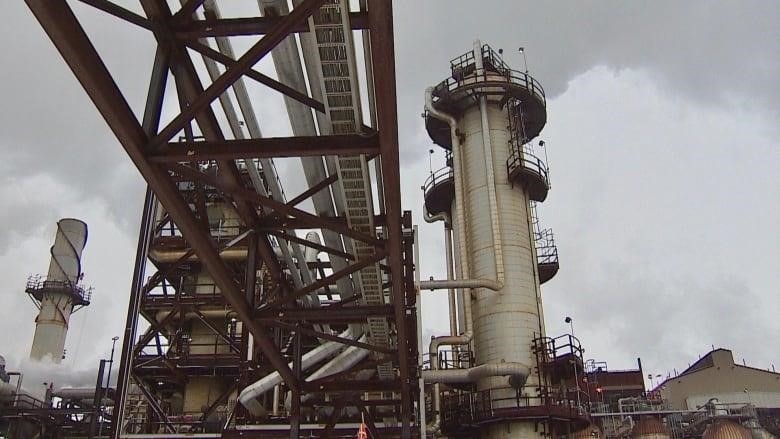
Companies would rather pay off their debt and pay their shareholders than spend money on new projects
One by one, oil companies in Canada and around the world are releasing their latest financial reports, which show that 2022 was the most profitable year in the history of the oil patch.
The prices of commodities have gone down since the beginning of 2023, but this year is shaping up to be almost as good because demand for gasoline, diesel, and other fuels is still strong and could go even higher in the coming months.
There are a lot of ways the sector could spend those big profits, but so far, companies don’t seem willing to change their main strategy, which is to pay down debt and give a good chunk of those profits to shareholders.
Jeremy McCrea, managing director of energy research at the financial services company Raymond James, said that the industry is in a bit of a pickle right now: The amount of energy the world uses is going up, but companies don’t want to spend more to make a big difference in oil and natural gas production.
Instead, they are taking advantage of the huge profits while they last.
“I think we’ll keep seeing these kinds of results in the future,” said McCrea, who lives in Calgary. “When these companies see these profits, there’s no reason for them to suddenly say, ‘Let’s go spend a lot of money here now and maybe not make these profits over the next few years.'”
Big money for Big Oi
This week, Canadian oil sands giants Suncor Energy and Cenovus Energy became the latest companies to report huge profits. Both Calgary-based companies benefited from sky-high oil prices all last year.
The International Energy Agency (IEA) says that the global industry made about $4 trillion in profits last year, compared to an average of $1.5 trillion over the past few years.
The organization thinks that oil use will go up in 2023, mostly because China’s economy will pick up speed when COVID-19 restrictions are lifted. The world will use an average of 101.9 million barrels of oil each day, which is what the IEA said.
In a recent report, the agency said, “After Beijing changed its mind in late 2022 about its strict anti-COVID restrictions, we expect Chinese oil demand to quickly pick up steam.”
At the same time, Russia’s oil production may go down after it invaded Ukraine on February 24, 2022, and as financial sanctions get worse. These are some of the reasons why some people in the oil business think prices will stay high this year.
During a conference call with analysts, Kris Smith, Suncor’s interim president and CEO, said, “Our view is that we’re still in a good pricing environment.” “It’s clear that it won’t be like what we saw in the records of 2022.”
This week, a barrel of the North American benchmark, West Texas Intermediate, traded for more than $75 US. Last year, the average price of a barrel was about $95 US.
How to spend profit
There is a lot of pressure on the sector to use those profits in many different ways. People are asking for more money to be put into renewable energy and for us to do a lot more to stop climate change by cutting our emissions.
At the same time, some political leaders want the sector to increase production to lower energy costs for consumers and for companies to pay higher taxes to help countries deal with affordability issues.
In Canada, these profits could also be used to fix environmental problems. For example, tens of thousands of old oil and gas wells need to be cleaned up, and the tailings ponds in the oilsands keep getting bigger.

Most oil companies around the world will have the same financial goals for the coming year as they did in 2022. They will keep costs under control, pay down debt, and give most of the extra cash to investors.
Suncor paid off more than $2.5 billion of its debt last year, leaving a balance of $13.6 billion. At the same time, it gave investors more than $8 billion in dividends and bought back shares.
But these kinds of profits are also why politicians in a number of countries are thinking about or putting in place windfall taxes on oil companies.
Seeking Ottawa’s hel
Even though the federal government asked Canada to open the taps to help ease Europe’s energy crisis after Russia invaded Ukraine, oil and natural gas production was mostly the same as last year.
The Calgary-based ARC Energy Research Institute says that production is expected to go up by about 4% in 2023.
According to ARC’s most recent research report, the Canadian oil patch is expected to make a total of about $78 billion in profits this year. This would be the second-highest amount in the last ten years, after the $120 billion that is expected to be made in 2022.
As drilling activity picks up, the industry is likely to spend more, but it will only be a small amount more.

The head of ARC, Jackie Forrest, said, “We have limits all over North America.” “People have left the oilfield service industry because it has gone through a few downturns in a row. “I don’t think there’s enough equipment or people in the field, even if companies wanted to spend more money,” she said.
Even though they have a lot of money now, oilsands companies are still asking the federal government for more money to reduce emissions.
Executives are trying to get Ottawa to make a stronger promise to subsidize the cost and operation of carbon capture and storage facilities, just like the United States does.
“I’m optimistic that if it’s not in the budget speech, we’ll get not just clarity but resolution soon after,” Brad Corson, president and CEO of Imperial Oil, said last month about getting more federal and provincial government support before oilsands companies spend billions of dollars on a proposed carbon capture facility in Alberta.

Some critics, like federal Environment Minister Steven Guilbeault, say that the oil patch already has a lot of money and isn’t doing enough to stop climate change. Because of this, some people think it would be better for the government to tax the industry’s profits and put the money straight into environmental projects.
About 11% of all greenhouse gas emissions in Canada come from the oilsands, while 15% come from the rest of the oil industry and all of the natural gas industry.
Watch: The “Just Transition” bill from Ottawa makes Alberta unhappy.
